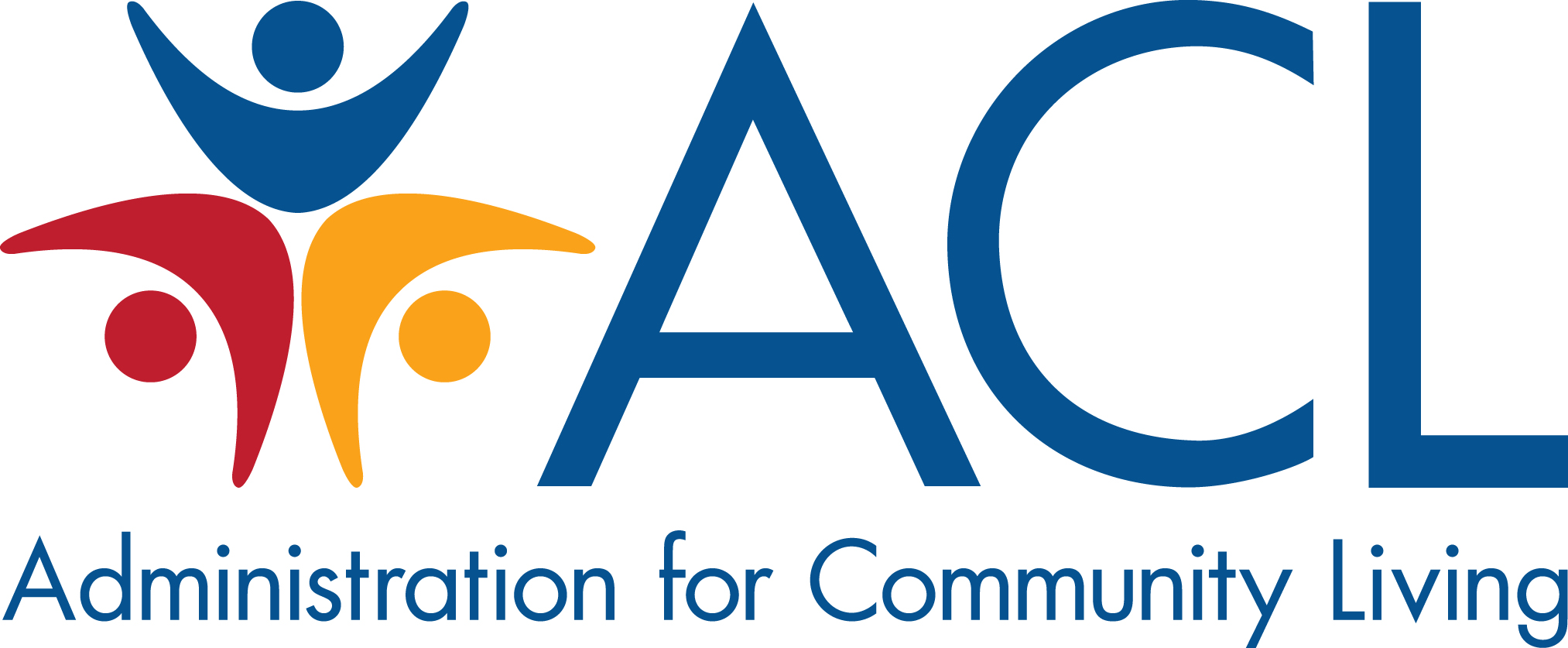Thirty-four years ago today, the landmark Americans with Disabilities Act (ADA) was signed into law, establishing the right for people with disabilities to live, work, and fully participate in all aspects of community life. The road to the ADA was long and hard-fought, and its passage was a historic victory in the disability rights movement and a crucial milestone in our nation’s civil rights history. But change didn’t happen overnight, and even today, many disabled Americans cannot exercise the rights it guarantees.
That is why — from the first day of the Biden-Harris administration — we have been working across the federal government and in partnership with the disability community to ensure that disabled people truly have equal access to American life. In fact, we started even before Inauguration Day. I had the privilege of being part of a group of disability advocates who met with the transition team and Secretary Becerra — who was the nominee for the U.S. Department of Health and Human Services (HHS) Secretary role at the time — to discuss the disability community’s most critical and urgent needs and policy priorities. Then, in my first meeting with Secretary Becerra after his confirmation, and in my new role leading ACL, Secretary Becerra charged me with creating a plan for leaning in on those priorities and driving the changes we had talked about. That plan became our to-do list, and in nearly every meeting since, Secretary Becerra has asked me for updates on our progress!
I’m proud to say that we have taken action on the issues disabled people told us were most important. We have made unprecedented investments to increase access to the services and supports people with disabilities need to live in the community. For example, with funding from the American Rescue Plan, states have made nearly $40 billion in new investments to expand and strengthen home and community-based services (HCBS). We are building partnerships and improving coordination across sectors and between federal agencies and programs to expand and strengthen the direct care workforce and to improve access to affordable, accessible housing and the supportive services many people need to live in the community. The new Medicaid Access rule includes requirements that will further bolster the direct care workforce, improve HCBS quality and availability, and more.
We also have taken great strides to combat disability discrimination with long-awaited updates to regulations implementing Section 504 of the Rehabilitation Act, which complement the disability provisions in the HHS rule implementing Section 1557 of the Affordable Care Act and similar regulatory actions by other federal agencies. We are working to identify and address the causes of the poorer health outcomes experienced by many disabled people, including by designating people with disabilities as a health disparity population for research. We improved access to COVID-19 vaccines for people with disabilities, and we have applied the lessons we learned during the pandemic to ensure disabled Americans are included in disaster recovery initiatives and legislative proposals. These are just a few examples of the many ways HHS has acted on the disability community’s priorities.
In addition, we have expanded the capacity and reach of the programs ACL funds to support community living. Across the country, the disability networks and ACL’s programs for people with disabilities are providing services, developing and testing innovations and new approaches, conducting research to identify unmet needs and ways to meet them, connecting people to local resources, and more.
We are proud of the difference we are making. But we also recognize the enormity of what must be done and the limits of what we can achieve alone. Delivering on the promise of the ADA will require a concerted, committed effort from all of us and continued advocacy, particularly by disabled people, whose stories of their own experiences are the most effective illustration of the impact of the ADA. We will continue to work alongside people with disabilities, our networks, and partners across the country to breathe life into the ADA’s powerful provisions and make them a reality for all.
To access additional information and resources about the ADA, please visit ACL.gov.

